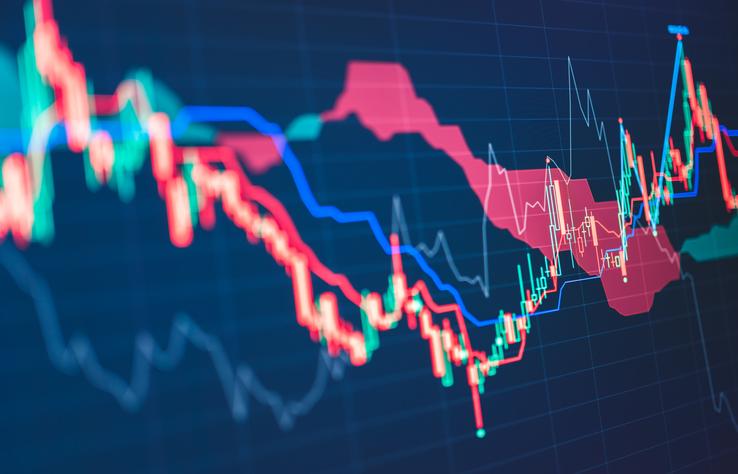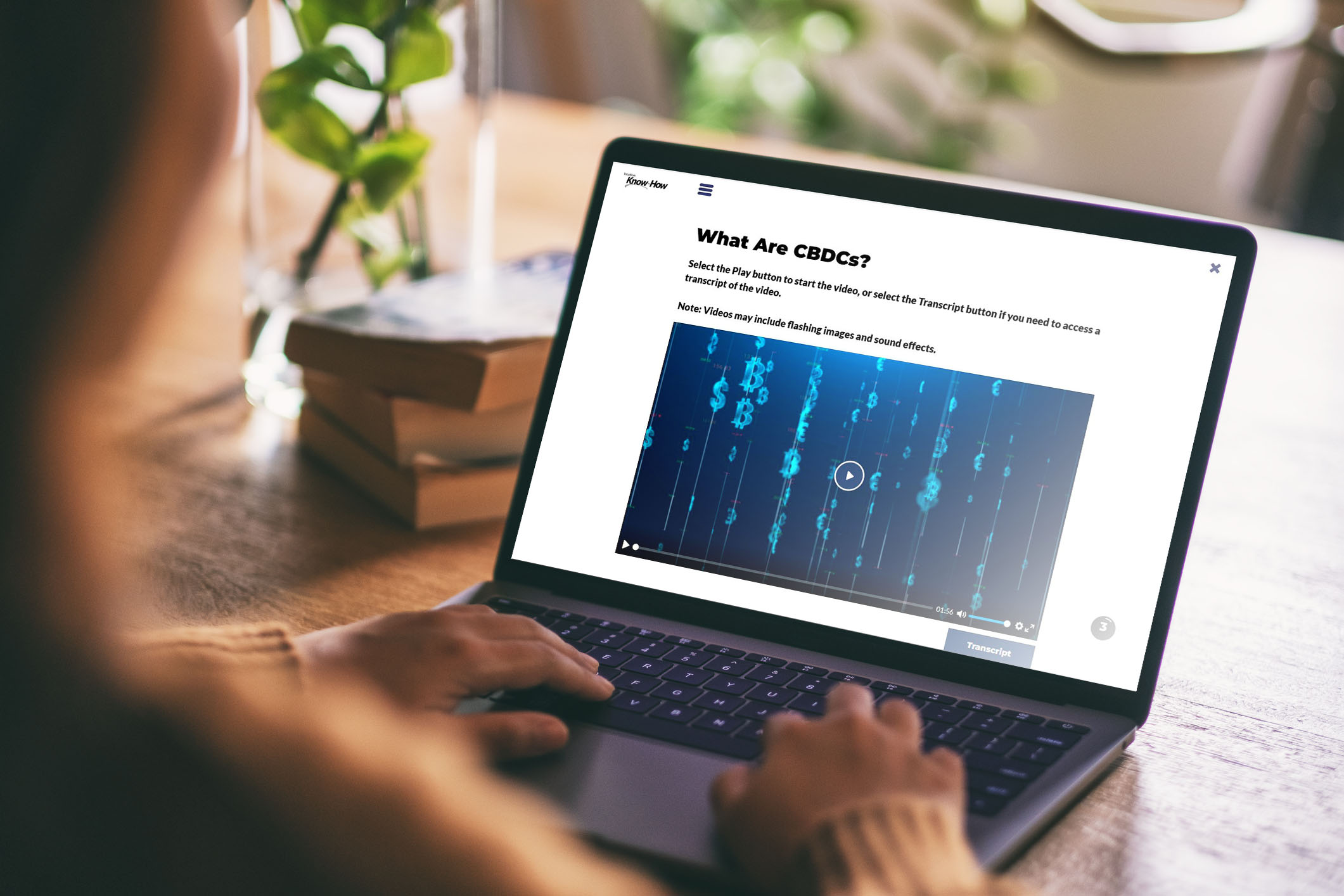‘Tape bombs’ prompt market gyrations
The first 100 days or so of Donald Trump’s administration have been characterized by market volatility. A major factor has been the publication of highly consequential, policy-related postings on social media platforms such as X and the President’s own Truth Social channel.
These so-called “tape bombs” (trader slang for sudden news events with the capacity to severely disrupt financial markets) are part of the rough and tumble of the world of investment. However, the US President’s communications team, in tandem with the posting of close associate Elon Musk, creates an unusual backdrop to the trading day.
***
Get weekly insights from The Intuition Finance Digest. Elevate your understanding of the finance world with expertly-crafted articles and podcasts sent straight to your inbox every week. Click here: https://www.intuition.com/finance-insights-the-intuition-finance-digest/
***
Market-moving news eclipses research
Other investment professionals have highlighted the secondary consequences of the news updates, with key concerns being the erosion of price discovery and the diminishing role of investment research, as detailed analysis is increasingly eclipsed by rapid-fire headlines.
Heightened risk aversion among traders, an inevitable primary consequence of the tape bombs, leads to a reluctance to make markets. While this may narrow trading ranges and compress volatility, it comes with costs, not just to trading profits, but also to liquidity, price discovery, and the market’s ability to function effectively.
A perception developed among investors, shaped by the experience of his first term, that President Donald Trump viewed the stock market as a key barometer of his success, often taking credit for substantial gains during his previous presidency.
This time around, he seems less concerned with stock market performance, musing that the country needs to take “medicine” to address what he sees as the economic malaise caused by its trade deficits with certain partners. While economists do not necessarily dispute that such a malaise might exist, several economists have criticised the measures being proposed and the unpredictable way they are being deployed.
If the consensus among economists has little chance of impacting proceedings, markets themselves appear to have given pause, so far prompting at least three significant policy reversals. First, following the imposition of extensive tariffs, a major sell-off in US Treasuries led to the announcement of a 90-day pause. Second, there was a notable softening of tone around the proposed 145 percent tariffs on Chinese imports. This shift has continued in light of a newly announced trade agreement with China, which aims to ease tensions and stabilize market expectations. Treasury Secretary Scott Bessent reportedly described the tariffs as “unsustainable” during a private meeting with investors. Third, after a sharp market drop sparked by President Trump hinting at the imminent dismissal of Fed Chair Jerome Powell, President Trump moved quickly to downplay the concerns.

Erosion of trust alters risk-on/risk-off dynamics
US asset market dynamics have long been characterized by patterns that have become embedded in investor psyche. In “risk-on” phases, risk assets like equities would rise and havens like US Treasuries or the dollar would fall. In “risk-off” environments, the dynamic would reverse, with equities falling and havens rallying. The dynamic reflected a long-established trust in US institutions and policy stability.
During the recent bout of market volatility, however, this well-established pattern appeared to break down. As US equities collapsed, the dollar also fell while US Treasury yields spiked (prices fell).
For all three major asset classes – equities, bonds, and currency – to sell off simultaneously is highly unusual. This pattern is more typical of emerging markets, where all assets tend to get hit in times of upheaval or crisis.
Many investors, long accustomed to treating US assets as the global benchmark of stability, now find themselves discussing the erosion of that trust in terms once unthinkable. Should this dynamic persist, the potential implications for the United States, and indeed global, asset markets are profound.
Intuition Know-How, a premier digital learning solution for finance professionals, has several tutorials relevant to the content of this article:
- Equity Markets – An Introduction
- US Equity Markets
- Equity Valuation – An Introduction
- Equity Trading – An Introduction
- Bond Markets – An Introduction
- US Bond Market
- Trade Finance – An Introduction
- Trade Indicators
- Markets Regulation – An Introduction
- Foreign Exchange (FX) – An Introduction
Browse full tutorial offering



